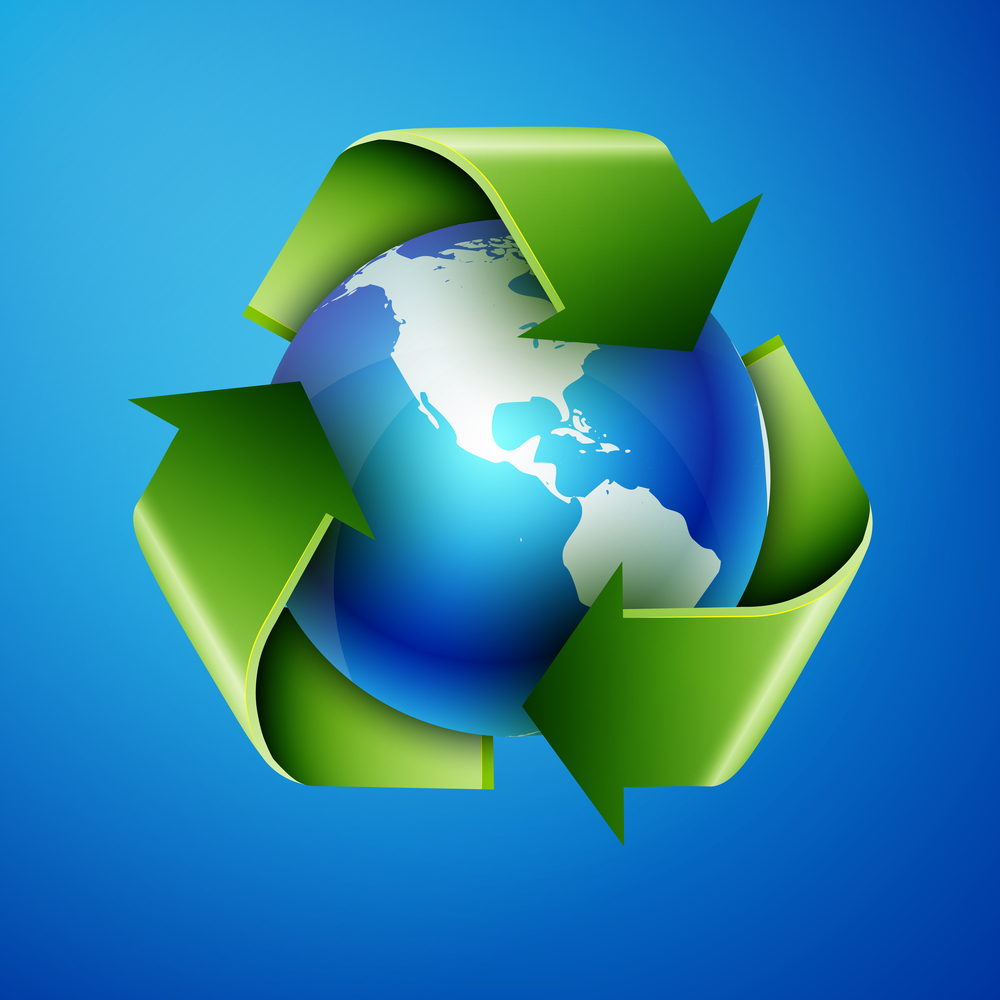
Skylines / Shutterstock.com
A Quick History of Environmental Education
The United Nations Educational, Scientific, and Cultural Organization (UNESCO) advocates for environmental education as a way to enhance the public’s awareness of environmental issues and sustainability and to emphasize that protecting the environment is a way to protect life in the future. UNESCO was developed in 1945, but the promotion of environmental education has been around for a lot longer.
In the 1800s, the nature study movement became popular in the United States. It was led by naturalists Anna Botsford Comstock (the mother of nature study and author of the Handbook of Nature Study), Liberty Hyde Bailey (a botanist and educator), Louis Agassiz (a professor, geologist, glaciologist, and advocate of learning by observation), and Wilbur S. Jackman (a pioneer in elementary science education). The movement suggested that learning didn’t have to take place entirely in the classroom and could instead take place outside, where students could touch and form a relationship with nature.
In 1972, the United Nations Conference on the Human Environment met in Stockholm and released a declaration saying that the natural environment is essential to the well-being of the human race and everything possible should be done to protect it. One of the principles in the documents states, “Education in environmental matters...is essential in order to broaden the basis for an enlightened opinion and responsible conduct by individuals, enterprises, and communities in protecting and improving the environment...” So not only should resources be managed and the environment protected, but in order for this to happen, people need to be educated.
Three years later, in 1975, the Belgrade Charter was composed, consisting of a structure for environmental education worldwide. The Charter impresses upon the reader the importance of environmental education, the rapidly changing nature of environmental education, and the importance of protecting the environment. Two years after that, the Tbilisi Declaration became the outcome of the first intergovernmental conference on environmental education, organized by UNESCO.
The Tbilisi Declaration suggests guidelines for environmental education at all levels, with five key objectives: building an awareness of the environment, building a knowledge of the environment, building positive attitudes toward the environment as to result in improvement and protection, building the skills necessary to solve environmental problems, and encouraging participation in the environmental movement.
These three documents built on the principles suggested in nature study but added in the reality of an ever-changing, global natural environment. They continually reinforced the importance of environmental education for all. In 1990 in the United States, Congress passed the National Environmental Education Act, which dedicated federal money and efforts to environmental education and the promotion of environment-related careers for college students.
Since then, schools, nonprofit organizations, and the government have been working to increase the amount of environmental education that students are receiving in school, from elementary school to college, and to reward students and teachers for their efforts in environmental education. Colleges across the nation now offer environmental science, sustainability, environmental law, bioethics, and environmental design majors, just to name a few. They focus on sustainable efforts beyond recycling and energy use reduction. The trend is likely to continue, with more environmental majors popping up, more jobs for students who are well versed in the environment, and schools continuing to reduce, reuse, and recycle.
Sustainability Initiatives on Campus
The Association for the Advancement of Sustainability in Higher Education (AASHE) maintains the Sustainability Tracking, Assessment, and Rating System (STARS) program. The STARS program rates institutions worldwide on their sustainability, ranking them Bronze, Silver, Gold, or Platinum, based on sustainability in academics, engagement, operations, and planning and administration. This can range from having courses on environmental justice and sustainable agriculture to purchasing green products to use in bathrooms.

Netkoff / Shutterstock.com
In 2015, Colorado State University (Ft. Collins, CO) became the first postsecondary institution in the world to earn a Platinum STARS rating. The institution offers nearly 1,000 sustainability-related classes, and nearly all academic departments participate in sustainability research. Currently, 17 of the buildings on campus are LEED-certified (Leadership in Energy and Environmental Design). LEED-certified buildings use fewer resources (water and electricity) in an attempt to reduce greenhouse gas emissions.
Colorado State University isn’t the only institution that is making an effort to be more green. Carleton College (Northfield, MN) has three LEED-certified buildings, two wind turbines, and solar panels on the roofs of two dorms. A minimum of 20% of the food served at Lewis and Clark College is sourced from local farms within 150 miles of the school. Its technology desk has a special way to recycle electronic waste. Emory University (Atlanta, GA) adopted a plan to reduce its total greenhouse gas emissions by 20% by 2020 and 50% by 2050.
The Sierra Club created a list of the “coolest” schools in 2015 based on their overall sustainability: sources of electricity, offered courses, number of students who graduate from sustainability-related majors, and how well students know sustainability topics and their beliefs, to name a few. Best Colleges has also ranked the greenest universities in the nation based on their STARS rating. Check to see if your (prospective) institution made the list!
-
Distance Education through the Ages
-
The History of Higher Ed for Students Who Are Hard of Hearing or Deaf
-
Vocational Education from the 1900s to Today
-
The Reality of New York State’s Free College Education Bill
-
The History of Historically Black Colleges and Universities
-
The TRIO Programs
-
Co-Ed and Gender-Neutral Housing from the 1960s to Present

